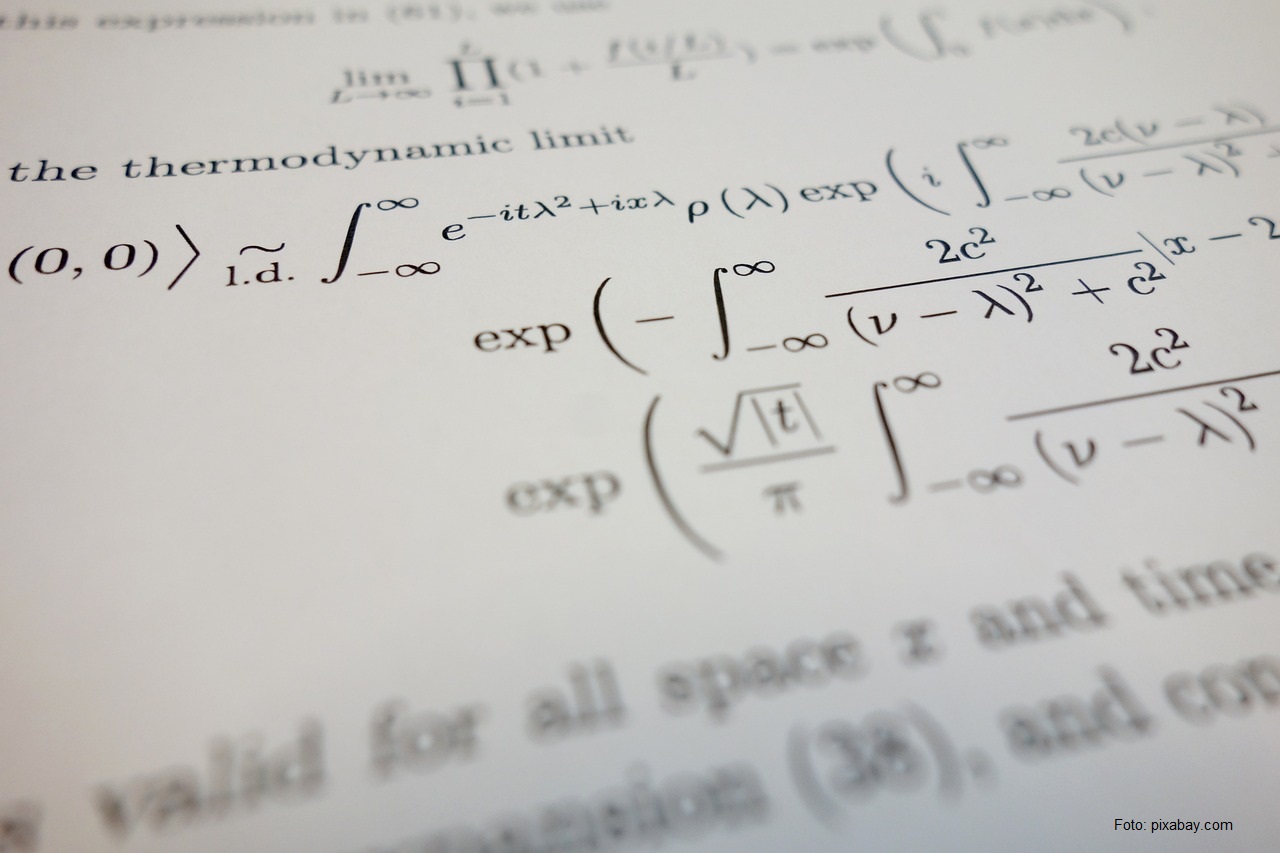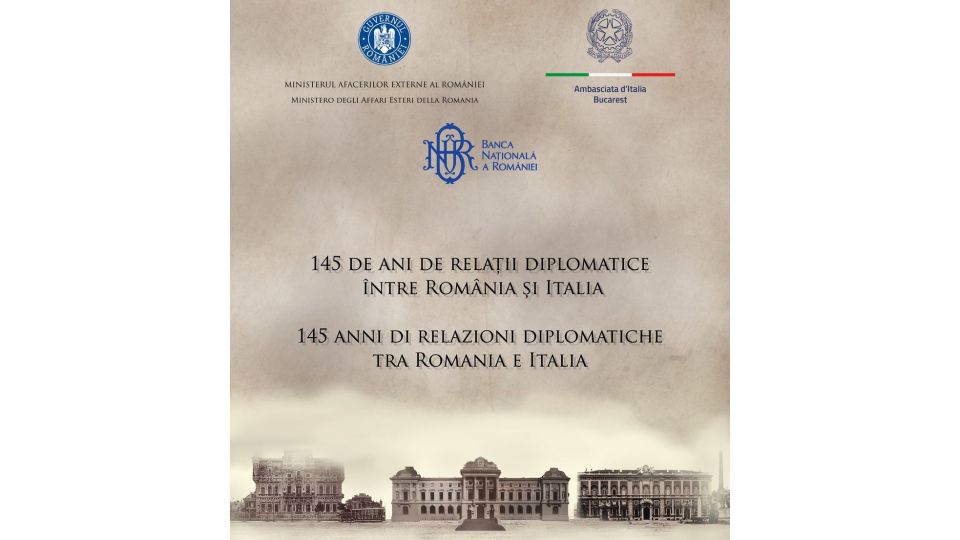Eli Lotar
His biography combines his fathers originality and creativity, and the relationship between them, not always a smooth one, has undoubtedly influenced Elis thirst for adventure.

Ștefan Baciu, 26.10.2019, 14:00
Not as famous in Romania as his father, the remarkable poet and journalist Tudor Arghezi, the Romanian-born French photographer and filmmaker Eli Lotar is beginning to be rediscovered by the Romanian public. His biography combines his father’s originality and creativity, and the relationship between them, not always a smooth one, has undoubtedly influenced Eli’s thirst for adventure.
Eliazar Lotar Theodorescu was born in 1905, in Paris, where his mother Constanţa Zissu, a teacher, had moved in order to escape gossips about the child’s legitimacy. The father, poet Tudor Arghezi, then aged 25, was also a monk. Arghezi left the Orthodox monastery where he had been living and moved to Paris, where he was briefly married to Eliazar’s mother, which disproves all recent speculations about the child’s illegitimacy. After World War I Eliazar lived for a while in Bucharest together with his father. This is when his rebellious nature first started showing. Andreea Drăghicescu, a curator with the National Museum of Literature, tells us more about Eli Lotar’s life: “He tried to leave the country several times. Before finally settling in Paris, he ran away a few times, and each time he would go to his mother, Constanța Zissu. And each time he was brought back by his father, who in 1916 had married Paraschiva. Eli Lotar spent his teenage years in Bucharest, living with his father’s family and attending the St. Sava High School. After several attempts to run away, including one occasion when he got as far as to Chișinău, in 1924 he finally returned to Paris. Whenever he ran away, his father would publish ads in various newspapers, looking for him. One of these ads was published in ‘Adevărul’ and read, ‘Eliazar, call so that we know where you are, and come back home immediately.’ Signed: Father.”
The attempts to analyse the relationship between father and son have revealed many similarities between the two, even in this respect. Arghezi himself had run away from home at age 11. There may have been tensions between Eli Lotar and his father, or the son may have felt uncomfortable in Arghezi’s new family, which had gained 2 other children in the meantime. Andreea Drăghicescu:
“A letter sent by Arghezi to his son in 1940 seems to indicate however that Eliazar had been quite close to his father’s family, including the 2 children, Baruțu and Mitzura. This is a fragment from the letter the poet sent to Paris in 1940: ‘Have you ever counted how many hours there are in 15 years? Well, all these hours I have been thinking about you. Your brother and sister grew up playing around the table with your ghost, with your absence: when will he come? Is he going to come home on Easter or on Pentecost? (the two children would ask). You are a Parisian by now and you never came back. Every year, I wanted to put everybody in the car and come to Paris. My boy, my girl and my wife have for years lived with this illusion which I was never able to turn into reality. I have always dreamt of settling in France and, if you have had a little bit more patience, we could have done this together. Maybe is not all lost. Another theory starts from the text of Eugen Ionesu, “No”, and places Eli Lotar among bohemians, but also in the context of a permanent run. He is associated with the generation of the 1930s. Many representatives of this generation opted for Paris precisely in order to find their place in the world in a modern, Western space, and because they wanted another type of Romanian culture, less traditional and less connected with the archaic ideals of the Orthodoxy. He was a bohemian, and, ever since his first years in Paris, he tried to earn his living by doing many things, by having many jobs that not always had to do with his call.”
In 1926, Eli Lotar met Germaine Krull and together with her he developed a new avant-guard photographic style. In time, he entered the French cinematic circles, first as a photographer then as an assistant director. In the 1930s he married Elisabeth Makovska, a Polish painter and photographer. It was also during that time that, due to his sympathy for the leftist current of thought, he went to Spain, where he was a director of photography for the only documentary directed by Luis Bunuel, “Terre sans Pain”.
Andreea Draghicescu: “Eli Lotar’s career is extremely varied. He worked with Jacques Prevert, Luis Bunuel and he met Giacometti. He worked on many cinematic projects, not necessarily as the film’s director, but as a director of photography or camera assistant. He wrote articles published in the newspapers of that time and also reports on the realities of the world he lived in.”
Eli Lotar returned to Romania only in 1956, after 32 years of absence. He died in Paris, in 1969. He started to be known to the Romanian public this spring, when an exhibition was staged in Bucharest, a collaboration between the Pompidou Centre, Jew de Paume Centre and the National Museum of Romanian Literature.






























